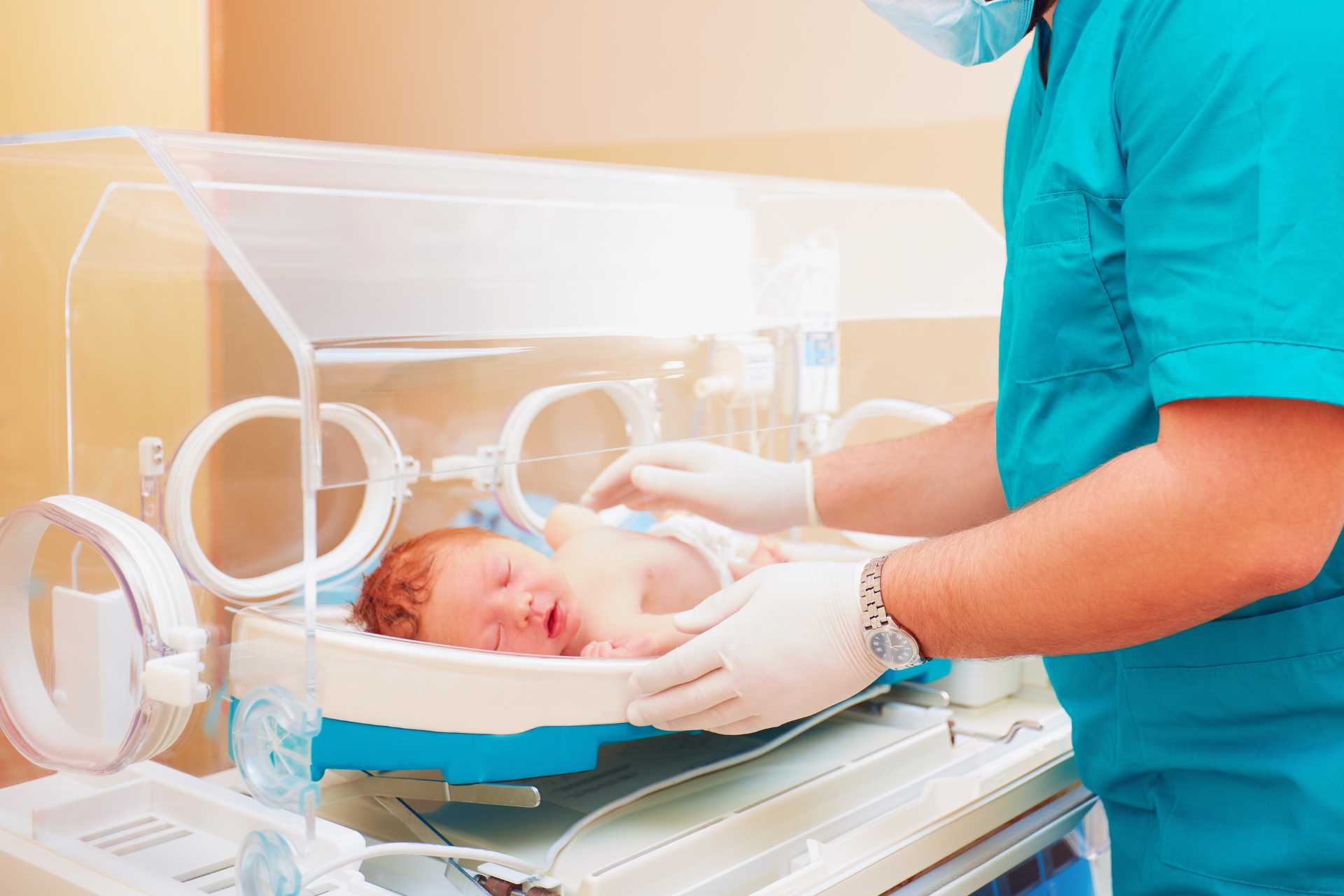What is already known
The type of nutrition that preterm infants receive influences their gut microbiota and health later in life. However, not much is known about the microbiota of a mother’s milk, that of pasteurized milk from a donor, and that of infant formula.
What this research adds
Researchers examined the microbiota of 238 samples of milk from 65 mothers who had a preterm birth. The team also analyzed the microbiota of 30 samples of pasteurized milk from a donor and 73 samples of infant formula used in a neonatal intensive care unit. The structure of microbial communities, their diversity and the abundances of specific bacteria varied between the three types of milk. The microbiota of a mother’s milk changed in relation with time and maternal factors such as gestational age and body mass index — a proxy of body fat. Within maternal milk, the researchers also identified three distinct microbiota groups, which they dubbed lactotypes.
Conclusions
The findings shed light on the microbiota of the main nutrition types that preterm infants receive and may inform future studies on the influence of different types of nutrition on infant health.
Maternal milk is considered the perfect food for infants, especially preterm ones, as it promotes healthy growth throughout early childhood. Now, researchers have analyzed the milk microbiota of mothers with preterm infants and found that it changes in relation with time and maternal factors such as gestational age and body mass index — a proxy of body fat.
The findings, published in mBio, shed light on the microbiota of the main nutrition types that preterm infants receive. The work may also inform future studies on the influence of different types of nutrition on infant health.
Nutrition is known to influence an infant’s gut microbiota and their health later in life. However, not much is known about the microbiota of a mother’s milk, that of pasteurized milk from a donor, and that of infant formula.
“Most studies profiling the microbiota of [maternal milk] have been cross-sectional, focused on early lactation, and limited with respect to elucidating the role of maternal factors, especially among women who give birth to preterm infants,” the researchers say. “A better understanding of the relationship between maternal factors and the microbiota of [maternal milk] is critical to advancing our knowledge of the mechanisms behind the protective effects of [maternal milk] and developing nutritional interventions aimed at improving preterm infant health outcomes.”
So, the team — led by Evgenia Filatava at Boston College in Massachusetts — set out to examine the microbiota of 238 samples of milk from 65 mothers who had a preterm birth. The team also analyzed the microbiota of 30 samples of pasteurized milk from a donor and 73 samples of infant formula used in a neonatal intensive care unit.
Microbial composition
The maternal milk’s microbiota was dominated by Firmicutes, followed by Proteobacteria and Actinobacteria, and had a lower richness and diversity compared to that of either donor milk or formula, which was dominated by Firmicutes, Proteobacteria, Actinobacteria and Cyanobacteria. In contrast, donor milk had similar abundances of Firmicutes and Proteobacteria, followed by Actinobacteria.
Microbial diversity increased in maternal milk over time, while richness remained stable up to 12 weeks after birth. With time, the levels of Firmicutes in maternal milk decreased whereas the levels of Proteobacteria increased, the researchers found.
The maternal milk microbiota also appeared to be associated with maternal factors. For example, the levels of Streptococcus were higher in mothers who were further along their pregnancy at birth, and Anaerococcus levels were higher in women with a higher body mass index at birth.
Milk ‘lactotypes’
Further analyses revealed three unique bacterial clusters within the samples — which the researchers dubbed lactotypes. Each lactotype showed a distinct bacterial composition, with lactotype 1 being dominated by Staphylococcus and lactotype 3 being dominated by Pseudomonas. In contrast, lactotype 2 was characterized by a mixture of Staphylococcus, Enterococcus, Propionibacterium and Streptococcus. Lactotype 3 tended to appear later after birth compared to lactotype 2 and lactotype 1, the team found.
“To our knowledge, this is the first study to report the microbial composition of infant formulas used in a neonatal intensive care unit,” the researchers say. “Contrary to our expectations, formula had a higher richness than [maternal milk] despite being sterilized.”
Although the study was small and exploratory, the findings may guide future research efforts for optimizing preterm infant nutrition, the authors say.









